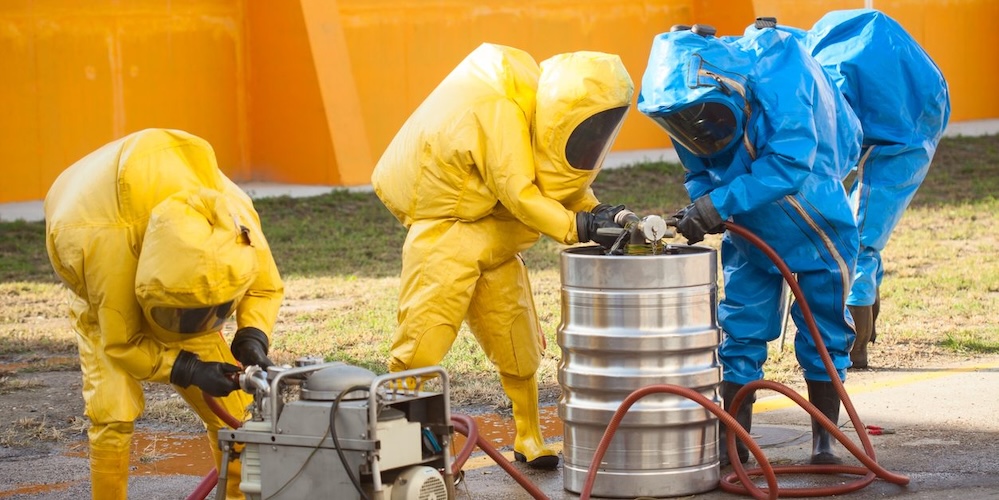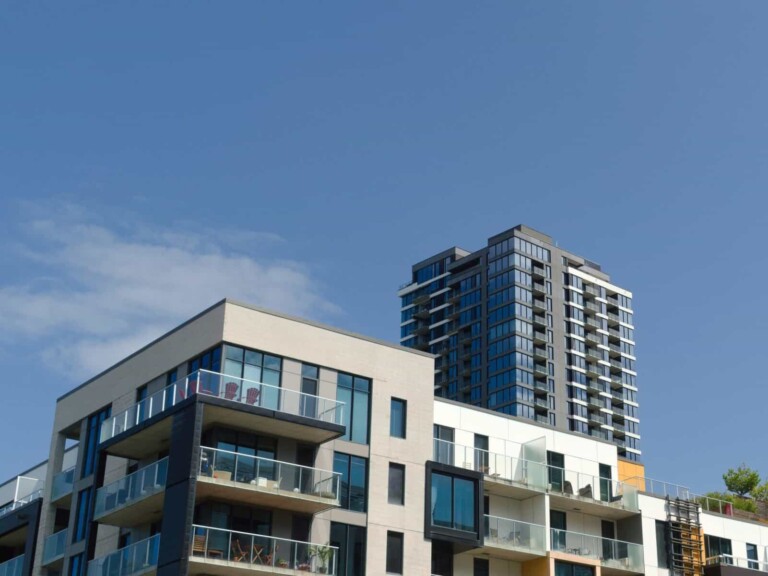Understanding the Importance of Project-Specific Pollution Liability Insurance
Library Pollution Liability Insurance: Cleaning Up Gaps in Environmental Coverage
Last Updated May 21, 2024
Last Updated May 21, 2024
As a general contractor, protection from potential liabilities is essential to the success and longevity of a business. Contractors frequently hold a variety of insurance policies to mitigate risks, but gaps in coverage may still persist on the project level. Pollution liability is a critical type of insurance coverage that should not be overlooked, especially as a project-specific policy.
Environmental risk is a major concern that is often underestimated. Many businesses mistakenly believe these risks are covered by their property insurance or general liability insurance.
Why Pollution Liability Insurance Matters
One of the main reasons why project-specific pollution liability is vital is that it fills a significant coverage gap left by other insurance policies. General liability insurance and commercial property insurance typically exclude pollution-related claims, which can leave contractors exposed to potentially massive business risk and financial losses.
Previously, pollution liability insurance was only prioritized by specialized companies in sectors such as industrial, chemical production, and water treatment. However, it is being utilized more broadly as business owners become increasingly aware of the significance of Environmental and Social Governance (ESG) and begin to fully understand the extent of their environmental exposures — exposures that could lead to significant unforeseen expenses including litigation and clean-up costs.
By investing in project-specific pollution liability insurance, contractors can not only protect their business but also demonstrate their commitment to environmental responsibility. Construction projects inherently involve risks — having pollution coverage in place shows that a business is taking proactive steps to address potential environmental hazards.
Pollution Liability & Covered Risks
Pollution liability insurance, also known as environmental liability insurance, is designed to address environmental risks and pollution-related issues that may arise during construction projects. It provides crucial protection against legal liabilities and expenses not budgeted into a project.
Project-specific pollution liability insurance covers damages and costs associated with pollution incidents caused by the insured’s contracting activity at a specific project site. These incidents could involve a variety of events that could harm the environment or neighboring properties, including (but not limited to):
Release of hazardous materials
Mold growth
Silt and sediment runoff
The policy can help cover the costs of clean-up, remediation, bodily injury, physical damage, and legal expenses that may arise as a result of such incidents.
It’s worth noting that although the coverage is specific to one project, coverage extends beyond the physical job site. The policy also provides coverage for pollution incidents related to transportation to and from the job site as well as for project-related disposal sites.
Similar to how a general contractor would consider their exposure to lawsuits even after a job is done, liability for completed operations remains, and a general contractor could have a long period of exposure to clean-up expenses and other damages enforceable under a variety of state-specific and federal regulations.
Procuring Proper Coverage and Competitive Pricing
According to industry reports, environmental claims have risen 20 to 30 percent per year since 2009, driven primarily by natural catastrophes — and both the frequency and severity of environmental claims are expected to continue to grow. This escalation in both frequency and cost has led to increases in premiums and reductions in coverage.
In order to reduce the costs of pollution liability insurance, contractors must demonstrate their success with risk management and exhibit robust environmental policies and procedures. Contractors should employ a systematic approach to minimize environmental impact, enhance safety, and protect the environment.
To start, here are a few measures a contractor can take to manage environmental risk:
Attain a comprehensive understanding of the environmental risks that the business presents and implement suitable risk management systems and protocols.
Regularly train staff on safe operations, especially with hazardous materials.
Conduct regular audits of project operations and work execution.
Prioritize safety training and compliance.
Properly maintain equipment to prevent leaks or pollution.
Secure the construction site to prevent incidents or damage.
Use IoT devices that provide advanced early warning of release of pollutants or other exposures.
Investigate incidents thoroughly.
During underwriting, insurance providers routinely examine these types of procedures. In fact, the above methodologies have become table stakes for procuring environmental liability insurance.
More and more, forward-thinking contractors are taking a deeper look into the importance of distinguishing themselves as best-in-class in order to earn favorable insurance outcomes. To manage environmental risk, the use of construction technology platforms can provide risk reduction and operational efficiencies. On top of that, access to data from these platforms is instrumental in demonstrating operational success.
Contractors who use technology have a better chance at convincing underwriters of their proficient risk mitigation efforts. By presenting a history of successful operational performance, contractors can construct an underwriting narrative that results in reduced premiums and broader coverage.
In addition, a brokerage team that is well-versed in the intricacies of construction insurance can facilitate the process, ensuring contractors receive due recognition for their successful operations. A tech-focused broker is more capable of utilizing data to negotiate favorable terms, in addition to offering a comprehensive strategy that enables business growth while addressing project-specific needs.
Was this article helpful? Scroll less, learn more about construction.
Subscribe to The Blueprint, Procore’s construction newsletter, to get content from industry experts delivered straight to your inbox.
Written by
Melody Bell
Director of Underwriting
Melody Bell is Director of Underwriting at Procore. Previously, she spent 15 years as Director and Vice President for managing general agents in the U.S. and London, with a focus on construction GL, SDI and professional liability. Melody holds a bachelor’s degree from the University of Southern California and a JD from USC Gould School of Law. She lives outside of San Bernadino, CA.
View profile
Information contained on this page is provided by an independent third-party content provider. This website make no warranties or representations in connection therewith. If you are affiliated with this page and would like it removed please contact editor @producerpress.com







